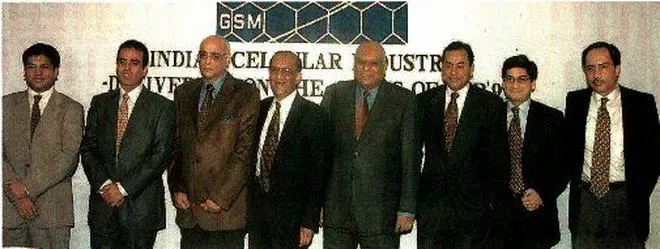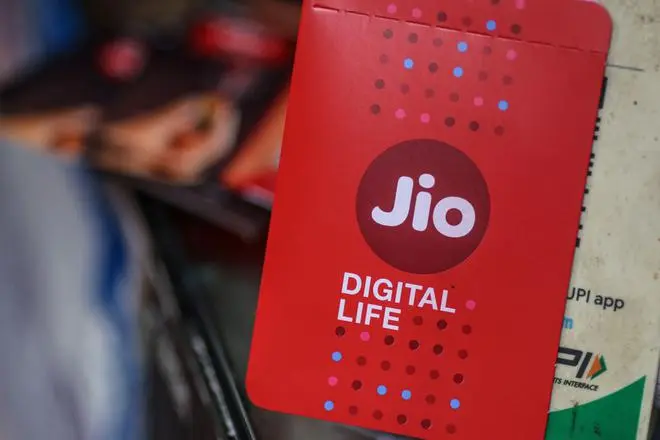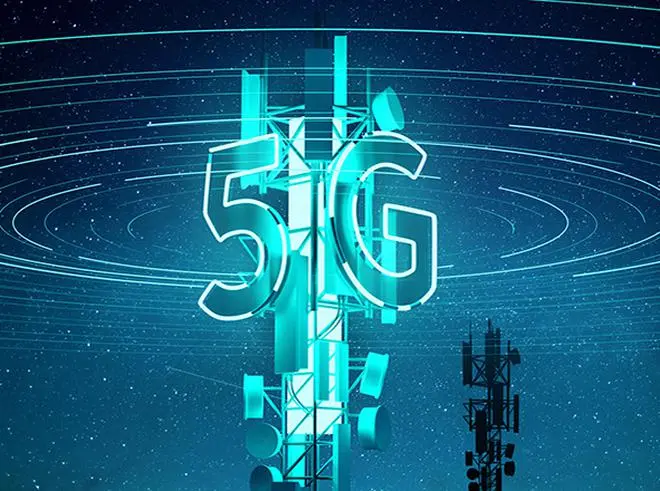In the early 1990s, on a trip to Japan, the then Minister for Telecommunications, Sukh Ram, saw his Japanese chauffeur carrying a mobile phone in his pocket. On his return when he told a public audience that one day they will all have a mobile phone in their pockets, his opinion was met with skepticism as mobile phones sounded like a far-fetched idea for an Indian consumer base that was largely agrarian with no means to afford to pay for the service at ₹16 a minute, in addition to buying expensive mobile handsets. Twenty seven years later, when India celebrates its 75th Independence Day, the mobile telephony revolution has had a profound impact on the emergence of the country as a global digital powerhouse.
How it began
It all started on July 31, 1995, with the first-ever mobile phone call between erstwhile Sukh Ram, and the then Chief Minister of West Bengal, Jyoti Basu. Even though there was a lot of excitement at the launch of mobile telephony, the skeptics were initially proven right. The service was so expensive that only the rich could afford it. As a result, the operators who had bid huge sums of money to acquire mobile telephony licences started defaulting on payments. The dream of providing mobile telephones to every citizen had almost crashlanded, had it not been for the reforms announced by the Centre in 1999 under the New Telecom Policy, where telecom operators were allowed to pay an annual licence fee instead of upfront payments.

ANTI-WLL POWER: Cellular Industry captains (from left) Mr Dilip Modi, CEO, Modi Telecom group, Mr Sunil Mittal, Chairman and Group MD, Bharti Enterprises, Mr Rajan Nanda, Chairman, Escotel Communications, Mr Vinay Rai, Koshika Telecom, Mr B.K. Modi, Chairman, Spice Communications, Mr Ravi Rula and Mr Prashant Rula, Essar group, and Mr Sanjeev Aga, CEO, Birla Tata AT
This set the foundation for the proliferation of mobile telephones in the country. With easier regulatory conditions, as many as 10 private companies entered the market, taking the services beyond the four metros. But by 2003, the operators put together had managed to reach only 10 million users, as tariffs for voice calls were still high at ₹2 a minute. Then came the controversial launch of CDMA-based mobile services by Reliance Infocomm. Even though Reliance’s entry started a brutal legal war in the industry, the Monsoon Hungama tariff plan launched by Reliance brought down tariffs for voice calls down to just 40 paise a minute. This forced incumbent players, including Airtel, to drop tariffs.
Between 2003 and 2008, nearly 300 million new users were added. A number of foreign players, including Singapore Telecom, Hutchinson and AT&T, came in as joint venture partners to existing players. Seeing the massive demand for telecom services, as many as 40 companies lined up to take new cellular licences. Eight new operators were given licences in 2008, which made the market hyper-competitive. Big global players, including NTT DoCoMo, Telenor and MTS, invested in the burgeoning market. Consumers became the king as voice call tariffs came down to 1 paise a second with as many as 8-10 players to choose from in each circle. But then the sector was hit by a double whammy.

On the one hand, hyper-competition messed up the industry financials as operators started undercutting each other on pricing; on the other hand, the allocation of new licences in 2008 was found to be a fraud, now known as the 2G scam. The Supreme Court cancelled all the new licences which brought the industry to a stand still. Lakhs of people lost jobs and billions of dollars invested in setting up new telecom networks were written off. With the remaining operators fighting to stay afloat, there were hardly any new investments made on the network roll-outs, because of which consumers were faced with patchy networks with frequent call drops. At the same time, operators in other countries had already moved beyond voice calls to data service using 4G technology.
Enter Jio

A mobile sim card packet for Jio Platforms Ltd. at a store in Mumbai, India, on Wednesday, Aug. 3, 2022. The South Asian nation sold spectrum, including 5G airwaves, worth 1.5 trillion rupees ($19 billion) across multiple bands, India’s telecom minister Ashwini Vaishnaw told reporters in New Delhi on Monday, confirming the government’s forecast of a record collection. Photographer: Dhiraj Singh/Bloomberg | Photo Credit: DHIRAJ SINGH
However, a massive impetus came in 2016 when Reliance Jio launched its 4G services through a mega pan-India network offering free voice calls and cheap broadband services on mobile phones. Not wanting to be left behind, incumbent operators dug into their reserves and invested in buying 4G spectrum. The affordability factor ensured that 4G services were taken up not only in urban centres but also in rural areas. Data consumption has skyrocketed from 1.25 GB per user per month in 2016 to 15 GB now. Telecom networks have become the centre of our digital future. The global crisis due to the Covid virus has only reemphasized the importance of the Internet and communication networks. Millions have been able to buy essential commodities, do financial transactions, and work from home only because of online platforms.

5G mobile signal Communication Mast (cell tower) Super fast data streaming concept. 3D illustration. | Photo Credit: solarseven
The recent 5G spectrum auction marks another turning point for India’s telecom market. In addition to improving mobile broadband, 5G technology will enable the delivery of critical services such as telesurgery and the Internet of Things over a mobile network with unprecedented efficiency, in addition to opening the floodgates for innovative applications that require a massive amount of high-speed bandwidth. There is no doubt that the fifth-generation wireless technology will bring massive improvements in consumer broadband services and industrial applications, with the potential to drastically alter societies through its impact on economic and social structures.







Comments
Comments have to be in English, and in full sentences. They cannot be abusive or personal. Please abide by our community guidelines for posting your comments.
We have migrated to a new commenting platform. If you are already a registered user of TheHindu Businessline and logged in, you may continue to engage with our articles. If you do not have an account please register and login to post comments. Users can access their older comments by logging into their accounts on Vuukle.